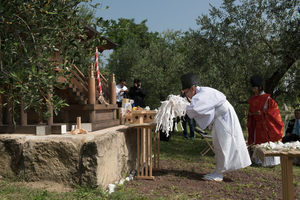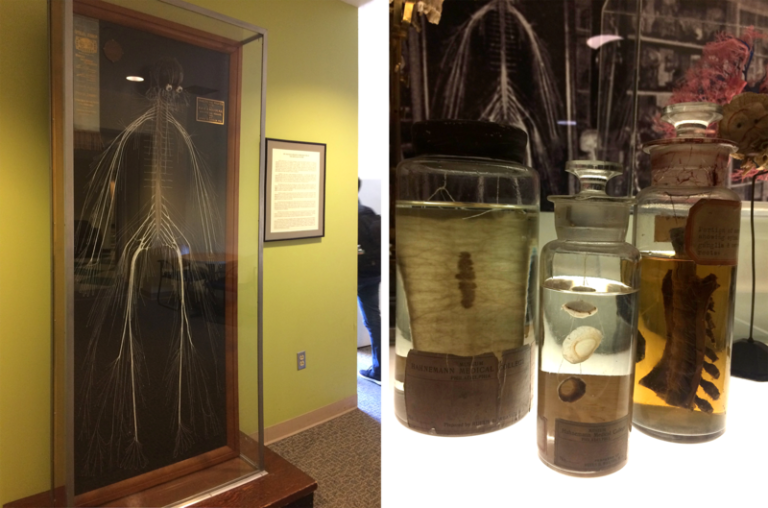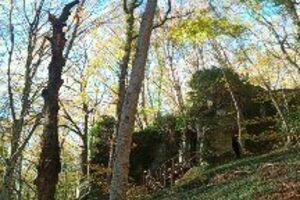San Marino Jinja in Serravalle, San Marino

Shinto, or Shintoism, is a pantheistic and animistic religion that originated in Japan. Lacking a doctrine, it’s more a traditional culture rather than a strict religion for most Japanese people. Reportedly there are over 88,000 Shinto shrines in Japan, so spotting one in the country is rather easy, as most neighborhoods have a jinja (“shrine”) of their own.
There are also several Shinto shrines across the globe, particularly in former Japanese colonies such as Taiwan, Palau, and Saipan, as well as in Brazil and Hawaii, where many Japanese people migrated to during the early 20th- century. Europe has a few shrines, although only one of them has been officially sanctioned by Japan’s Association of Shrines.
In the heart of San Marino, a tiny republic enclosed by Italy, a Shinto shrine was established in 2014 to commemorate the 20,000 lives lost in the 2011 Tōhoku earthquake and tsunami. Funded by the San Marino-Japan Friendship Society, it was constructed in the Shinmei-zukuri style partially using the wood of the Ise Grand Shrine. Its main subject of worship is Amaterasu, the sun goddess and a major deity in the Shinto pantheon.
The shrine’s inauguration was attended by 150 people, including several Japanese officials such as the president of the Association of Shrines, the chief priest of Iwashimizu Hachimangū Shrine, and the mother of the prime minister. San Marino Jinja’s chief priest, Francesco Brigante, is a local Sammarinese hotel owner who was officially appointed to the position by the Association of Shrines in 2013.





